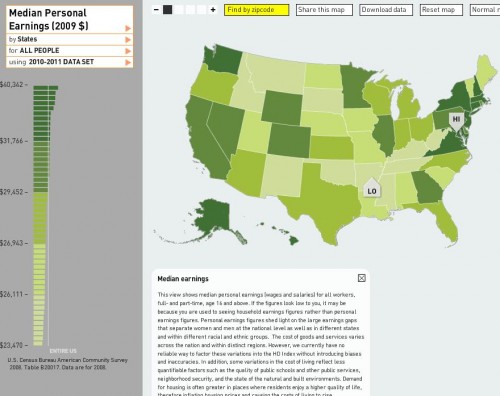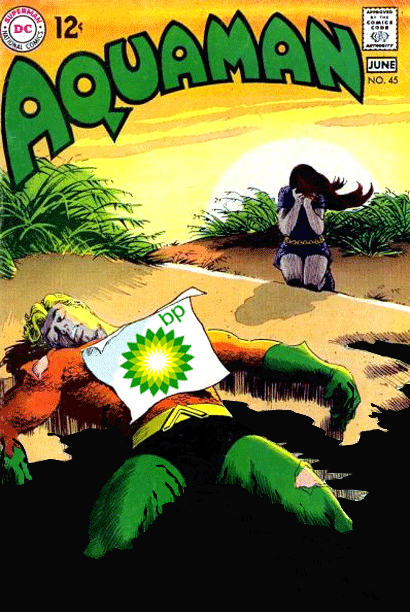ViA Laura B. - The U.S. Environmental Protection Agency (EPA) has identified a list of 134 chemicals that will be screened for their potential to disrupt the endocrine system. Endocrine disruptors are chemicals that interact with and possibly disrupt the hormones produced or secreted by the human or animal endocrine system, which regulates growth, metabolism and reproduction. Administrator Lisa P. Jackson has made it a top priority to ensure the safety of chemicals, and this is another step in this process."Endocrine disruptors represent a serious health concern for the American people, especially childr en. Americans today are exposed to more chemicals in our products, our environment and our bodies than ever before, and it is essential that EPA takes every step to gather information and prevent risks," said EPA Administrator Lisa P. Jackson. "We are using the best available science to examine a larger list of chemicals and ensure that they are not contaminating the water we drink and exposing adults and children to potential harm."
en. Americans today are exposed to more chemicals in our products, our environment and our bodies than ever before, and it is essential that EPA takes every step to gather information and prevent risks," said EPA Administrator Lisa P. Jackson. "We are using the best available science to examine a larger list of chemicals and ensure that they are not contaminating the water we drink and exposing adults and children to potential harm."
HTML clipboard The list includes chemicals that have been identified as priorities under the Safe Drinking Water Act (SDWA) and may be found in sources of drinking water where a substantial number of people may be exposed. The list also includes pesticide active ingredients that are being evaluated under EPA's registration review program to ensure they meet current scientific and regulatory standards. The data generated from the screens will provide robust and systematic scientific information to help EPA identify whether additional testing is necessary, or whether other steps are necessary to address potential endocrine disrupting chemicals.
The chemicals listed include those used in products such as solvents, gasoline, plastics, personal care products, pesticides, and pharmaceuticals, including benzene, perchlorate, urethane, ethylene glycol, and erythromycin.
Also being announced today are draft policies and procedures that EPA will follow to order testing, minimize duplicative testing, promote equitable cost-sharing, and to address issues that are unique to chemicals regulated under the SDWA.
After public comment and review, EPA will issue test orders to pesticide registrants and the manufacturers of these chemicals to compel them to generate data to determine whether their chemicals may disrupt the estrogen, androgen and thyroid pathways of the endocrine system.
EPA is already screening an initial group of 67 pesticide chemicals. In October 2009, the agency issued orders to companies requiring endocrine disruptor screening program data for these chemicals. EPA will begin issuing orders for this second group of 134 chemicals beginning in 2011.
EPA has the most comprehensive mandated testing program for hormone effects in the world. The program is the result of a multi-year effort that includes validation of the science through a transparent scientific review process.
More information: http://www.epa.gov/endo








 Four decades ago, NASA put a man on the moon using a computer system less powerful than the electronics in many modern-day toasters. With that audacious act of technological faith, the United States took a giant step toward global leadership in science, engineering, and a myriad of other sectors that had not yet been imagined.
Four decades ago, NASA put a man on the moon using a computer system less powerful than the electronics in many modern-day toasters. With that audacious act of technological faith, the United States took a giant step toward global leadership in science, engineering, and a myriad of other sectors that had not yet been imagined.







 power all kinds of things on earth, from
power all kinds of things on earth, from 


 en. Americans today are exposed to more chemicals in our products, our environment and our bodies than ever before, and it is essential that EPA takes every step to gather information and prevent risks," said EPA Administrator Lisa P. Jackson. "We are using the best available science to examine a larger list of chemicals and ensure that they are not contaminating the water we drink and exposing adults and children to potential harm."
en. Americans today are exposed to more chemicals in our products, our environment and our bodies than ever before, and it is essential that EPA takes every step to gather information and prevent risks," said EPA Administrator Lisa P. Jackson. "We are using the best available science to examine a larger list of chemicals and ensure that they are not contaminating the water we drink and exposing adults and children to potential harm."

 teresting internet person
teresting internet person 





